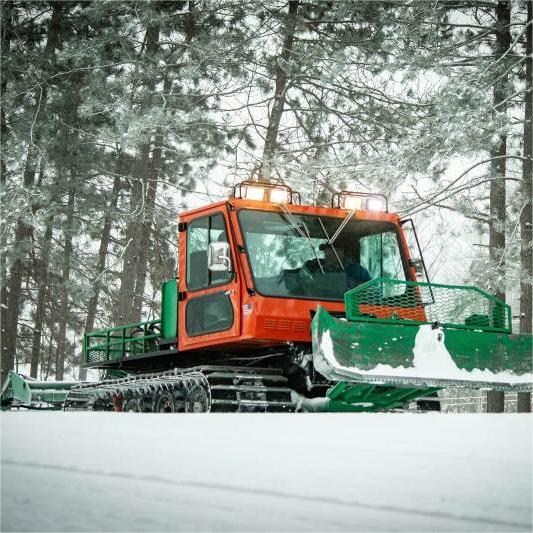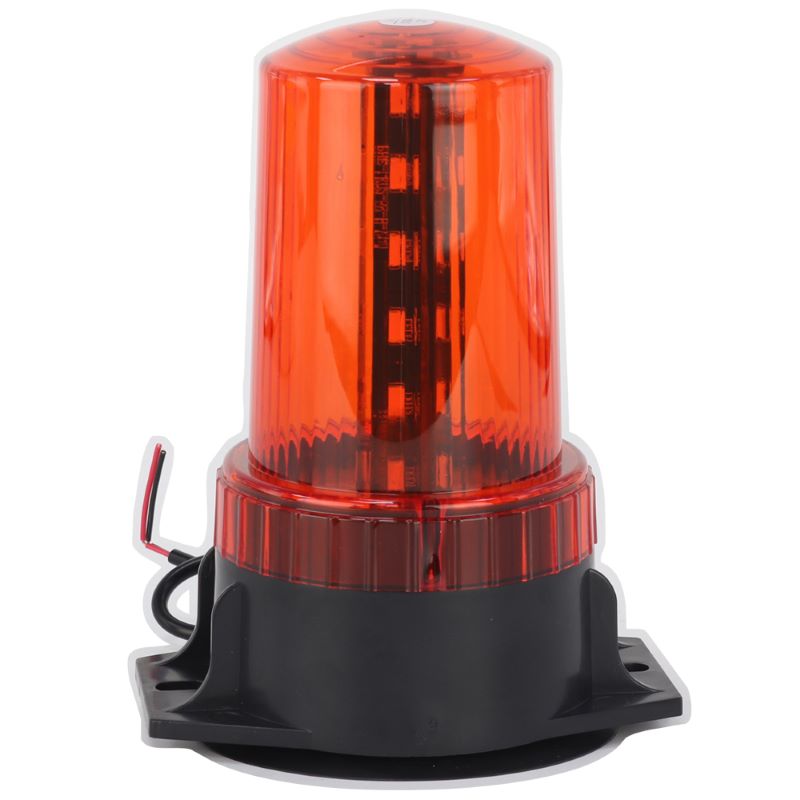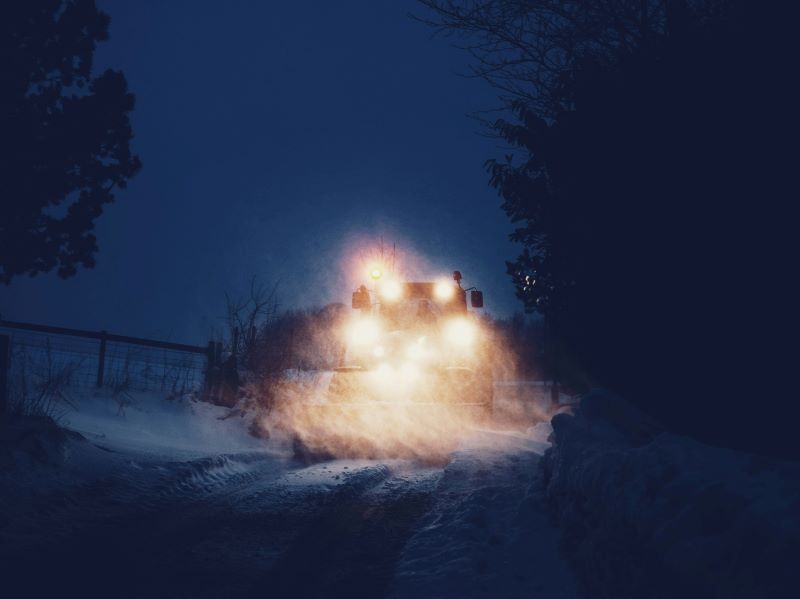Register an account | Forget the password
Become our member and enjoy discounts on purchases in this mall
 Five Major Mistakes in Installing Plow Lights: How Many Have You Made?
Five Major Mistakes in Installing Plow Lights: How Many Have You Made?
When winter weather hits, proper plow lights are essential for safe, clear visibility.
But if they're installed incorrectly, it can lead to poor performance and even safety risks.
Here are five common mistakes in installing plow lights and some simple tips to get it right.
1. Incorrect Angle Setting
The angle of your plow lights plays a major role in visibility.
Setting them too high or too low can reduce your range and create distracting glare.
Aim to adjust the lights to illuminate as much of the road as possible without blinding other drivers.
How to fix it:
Set your plow lights in a position slightly below the line of sight.
Test the setup in low light and make fine adjustments to ensure you’re getting the widest field of view.
2. Incorrect Wiring
Improper wiring is a common and often dangerous mistake in installing plow lights.
Miswiring or using mismatched connectors can cause the lights to malfunction, drain the battery, or even short-circuit.
How to fix it:
Follow the wiring instructions carefully, and use compatible connectors and cables.
If you’re unsure about wiring, consider consulting a professional or using an installation guide specific to snow plow lights.
 3. Inadequate Waterproofing
3. Inadequate Waterproofing
Since plow lights are exposed to snow, water, and slush, waterproofing is critical.
Failing to waterproof connectors and seals can cause water damage, rust, and electrical issues over time.
How to fix it:
Use waterproof connectors and protective seals on all exposed wiring.
Apply a silicone sealant around connectors and ensure that the light housing is tightly closed to keep out moisture.
4. Skipping Ground Connection
Many installers overlook the ground connection, which is essential for the electrical system.
Without proper grounding, your plow lights may flicker or lose power when you need them most.
How to fix it:
Ensure that all wiring, especially the ground connection, is securely attached.
Check that the grounding wire is connected to a clean metal surface to complete the circuit correctly.
5. Failing to Check Voltage Compatibility
Using a power source with incompatible voltage is another common installation error.
Plow lights designed for specific voltages may short-circuit or underperform if mismatched with your vehicle's power source.
How to fix it:
Confirm the voltage requirements of your plow lights and match them with your vehicle's specifications.
Using an incompatible power source can damage the lights and may void the warranty.
Proper Installation Steps
To avoid these mistakes, follow these step-by-step installation instructions:
1. Mount the Lights: Securely mount the lights, ensuring they’re at the correct height and angle.
2. Wire Carefully: Follow wiring instructions, double-checking compatibility and connectors.
3. Waterproof Exposed Areas: Apply silicone sealant or use waterproof connectors.
4. Test the Ground Connection: Make sure the ground connection is securely attached to a clean metal surface.
5. Check Voltage: Verify that your power source matches the voltage of the plow lights.

Inspection and Debugging
After installation, it’s essential to inspect and test the lights:
· Power Check: Turn on the plow lights to ensure they’re receiving power and are bright enough.
· Angle Adjustment: Make any final adjustments to the angle of the lights for optimal road coverage.
· Test in Real Conditions: Use your plow lights in low light to check for any flickering, dimming, or positioning issues.
Summary
Installing plow lights correctly can make a big difference in your safety and visibility.
Avoid common mistakes, follow proper installation steps, and take the time to inspect and debug to ensure your lights are working their best.
With the right setup, your plow lights will be a reliable tool for clear vision, keeping you safe on winter roads.